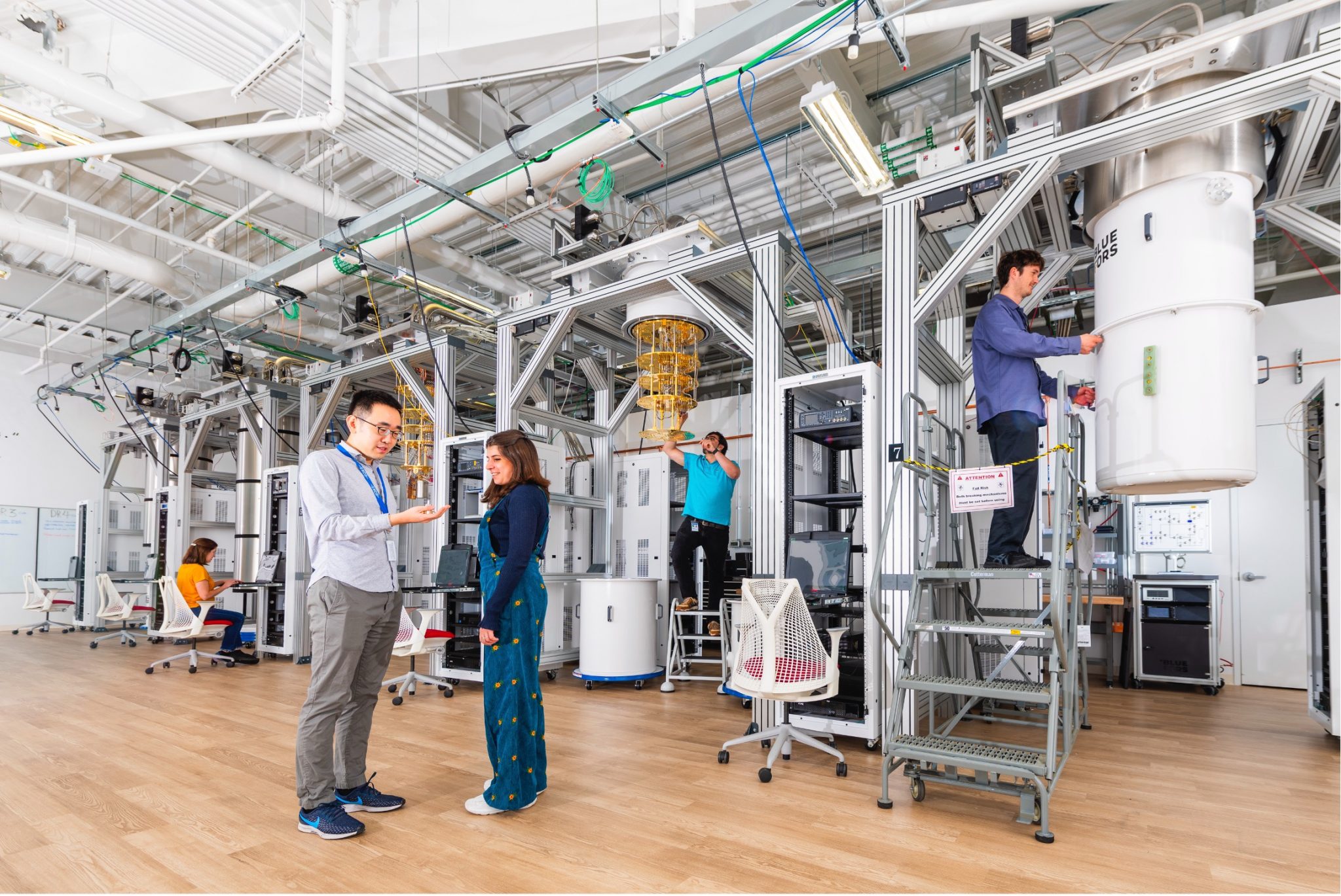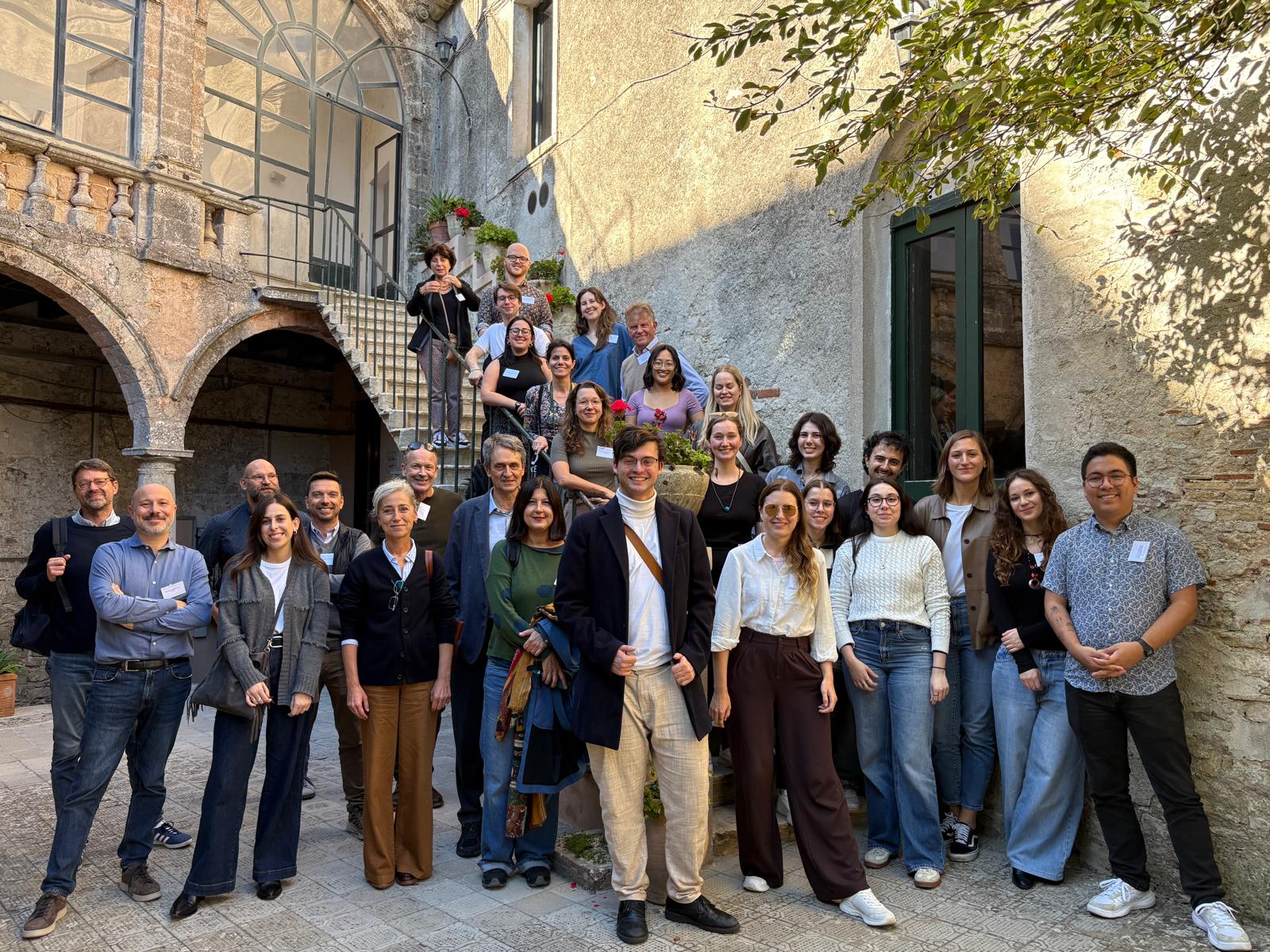 On 11 January, after a month of engineering and scientific checks that confirmed the perfect commissioning and operation of the satellite and its three telescopes, the observational campaign of the Imaging X-Ray Polarimetry Explorer (IXPE), the first space observatory entirely dedicated to the study of the polarisation of X-rays emitted by the hottest and most energetic objects in the universe, such as black holes, neutron stars and supernovae remnants, got underway. Launched last 9 December from Nasa’s Kennedy Space Center, IXPE will shed light on some of the properties of these astrophysical sources. The mission, resulting from a collaboration between NASA and ASI, sees the significant contribution of INAF and INFN, responsible for the development, implementation, qualification and calibration of the three detectors that are the eyes and heart of IXPE, the Gas Pixel Detector, able to provide accurate information on both the characteristics of the magnetic fields, on which the polarisation depends, as well as on the geometry of the celestial bodies that will be investigated. The first scientific target on which IXPE’s gaze is focused is Cassiopeia A, an area of our own Milky Way populated by material ejected from a star that exploded into a supernova 350 years ago. Over the next year, IXPE’s mission plan envisages the study of 30 celestial bodies. Within the IXPE collaboration, INFN has played a fundamental role, using its expertise in the field of particle physics, and was responsible for the design and implementation of the innovative Gas Pixel Detectors.
On 11 January, after a month of engineering and scientific checks that confirmed the perfect commissioning and operation of the satellite and its three telescopes, the observational campaign of the Imaging X-Ray Polarimetry Explorer (IXPE), the first space observatory entirely dedicated to the study of the polarisation of X-rays emitted by the hottest and most energetic objects in the universe, such as black holes, neutron stars and supernovae remnants, got underway. Launched last 9 December from Nasa’s Kennedy Space Center, IXPE will shed light on some of the properties of these astrophysical sources. The mission, resulting from a collaboration between NASA and ASI, sees the significant contribution of INAF and INFN, responsible for the development, implementation, qualification and calibration of the three detectors that are the eyes and heart of IXPE, the Gas Pixel Detector, able to provide accurate information on both the characteristics of the magnetic fields, on which the polarisation depends, as well as on the geometry of the celestial bodies that will be investigated. The first scientific target on which IXPE’s gaze is focused is Cassiopeia A, an area of our own Milky Way populated by material ejected from a star that exploded into a supernova 350 years ago. Over the next year, IXPE’s mission plan envisages the study of 30 celestial bodies. Within the IXPE collaboration, INFN has played a fundamental role, using its expertise in the field of particle physics, and was responsible for the design and implementation of the innovative Gas Pixel Detectors.
You might also be interested in

Quantum computing: INFN and the US SQMS laboratory renew their collaboration

Search for new physics: a possible new approach from bent crystals

Einstein Telescope: Lusatia officially enters the competition

Detecting gravitational waves from space: first steps for the LISA mission

ORIGINS. Exploring Science Communication and Journalism
